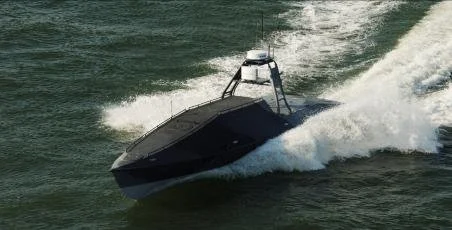Autonomous Vessels
MAPC—20 Years of Uncrewed Surface Vessel Work MAPC believes that the best unmanned vessel designs are purpose-built to meet the reliability required for sprint and long duration missions. MAPC focuses on Hull, Machinery and Electric Autonomy and Redundancy of key sensors, communication links, and other system components that are subject to environmental damage or degradation. MAPC’s control software has been wrung out and tested under a wide range of operating conditions.
History with Keel-up Unmanned Surface Vessel Design and Build Programs MAPC developed its first unmanned marine vessel in 1996 under DARPA funding. The unmanned control was applied to one of the U.S. Naval Academy’s 44-foot sailing vessels. Under this effort, MAPC developed software in a GIS environment to issue heading commands to the sailing vessel as a function of wind measurements, the actions of a competing vessel, and the position of the vessel relative to an upwind mark. While the actuation of the helm and lines was done by a manned crew, the commands that controlled these actions were provided by a laptop computer. The result startled experienced sailors as the computer was able to more rapidly sense wind shifts and calculate lay lines. In this early experiment, the computerized vessel routinely beat the competing boat. A number of unmanned ground vehicle projects followed before MAPC returned to the marine environment in 2001. Many vessels later, MAPC’s unmanned/ uncrewed surface vessel designs have been thought leaders in this growing industry.


